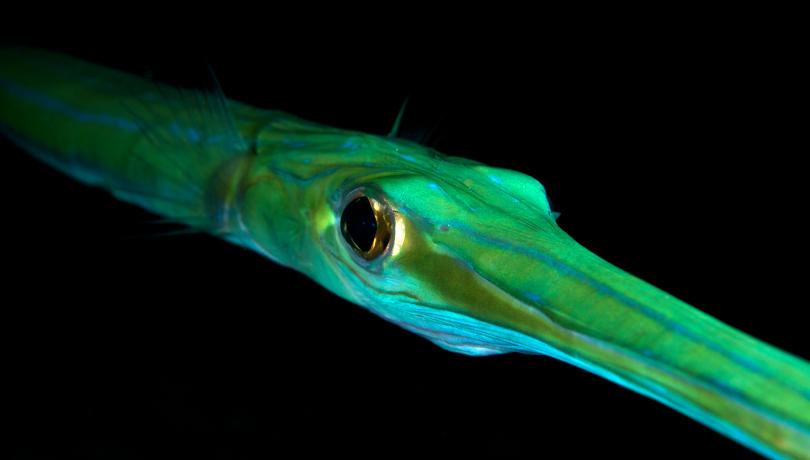Biological invasions have become major players in the current biodiversity crisis, but realistic tools to predict which species will establish successful populations are still unavailable.
An international team of scientists from Italy, Spain and the United States, with the participation of the Institute of Marine de Barcelona (CSIC) e Pompeu Fabra University, developed a method to predict how quickly and easily can develop invasive alien species populations .

Biological invasions have become major players in the current biodiversity crisis, but realistic tools to predict which species will establish successful populations are still unavailable.
An international team of scientists from Italy, Spain and the United States, with the participation of the Institute of Marine de Barcelona (CSIC) e Pompeu Fabra University, developed a method to predict how quickly and easily can develop invasive alien species populations .
They present a novel approach that requires only a morphometric characterisation of the species. Using fish invasions of the Mediterranean, scientists show that the abundance of non-indigenous fishes correlates with the location and relative size of occupied morphological space within the receiving pool of species.
Those invaders that established abundant populations tended to be added outside or at the margins of the receiving morphospace, whereas non-indigenous species morphologically similar to resident ones failed to develop large populations or even to establish themselves, probably because the available ecological niches were already occupied.
Accepting that morphology is a proxy for a species' ecological position in a community, the findings are consistent with ideas advanced since Darwin's naturalisation hypothesis and provide a new warning signal to identify invaders and to recognise vulnerable communities.
Article:
External morphology explains the success of biological Invasions. Ernesto Azzurro, Victor M. Tuset, Antoni Lombarte, Francesc Maynou, Daniel Simberloff, Ana Rodríguez-Pérez and Ricard V. Solé Ecology Letters. DOI: 10.1111/ele.12351